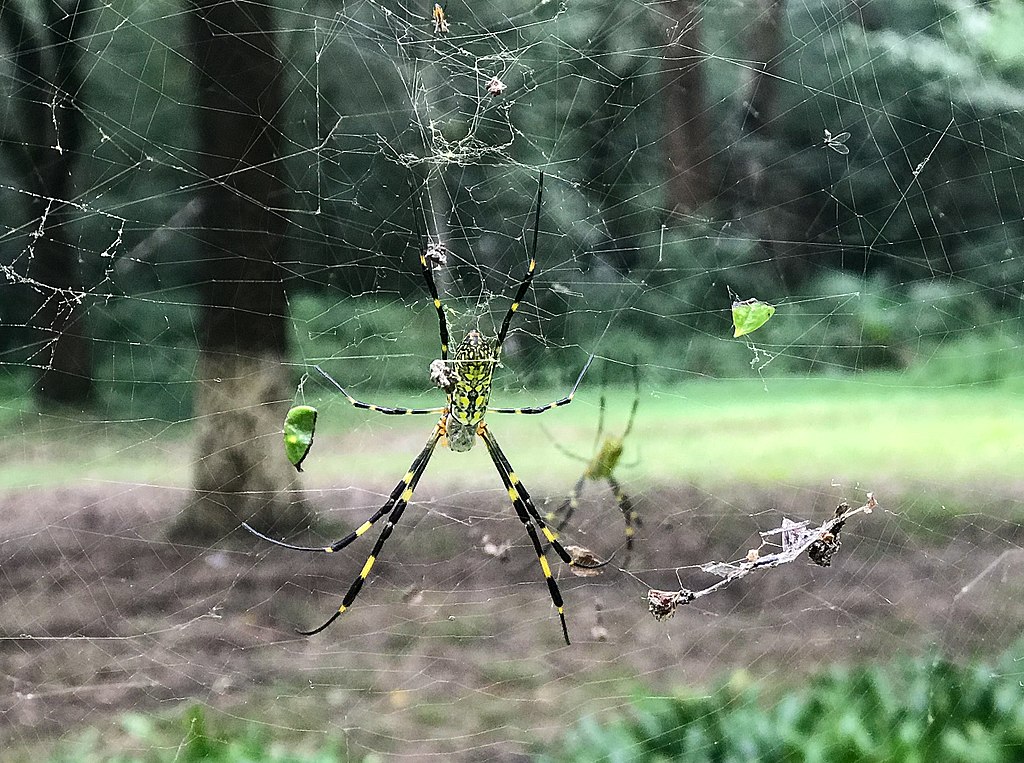Picture this: you’re walking through your backyard on a crisp autumn morning when you notice something unusual. Golden webs shimmer between the trees, each one spanning several feet and occupied by a spider unlike any you’ve seen before. This isn’t science fiction – it’s the reality facing millions of Americans as the Joro spider makes its dramatic entrance into our ecosystems. These colorful arachnids, with their striking yellow and black patterns, have been quietly establishing themselves across the southeastern United States, and their northern march shows no signs of stopping. What started as a few accidental hitchhikers from East Asia has transformed into one of the most significant spider invasions in recent American history, leaving scientists both fascinated and concerned about what comes next.
The Spectacular Arrival from Across the Pacific
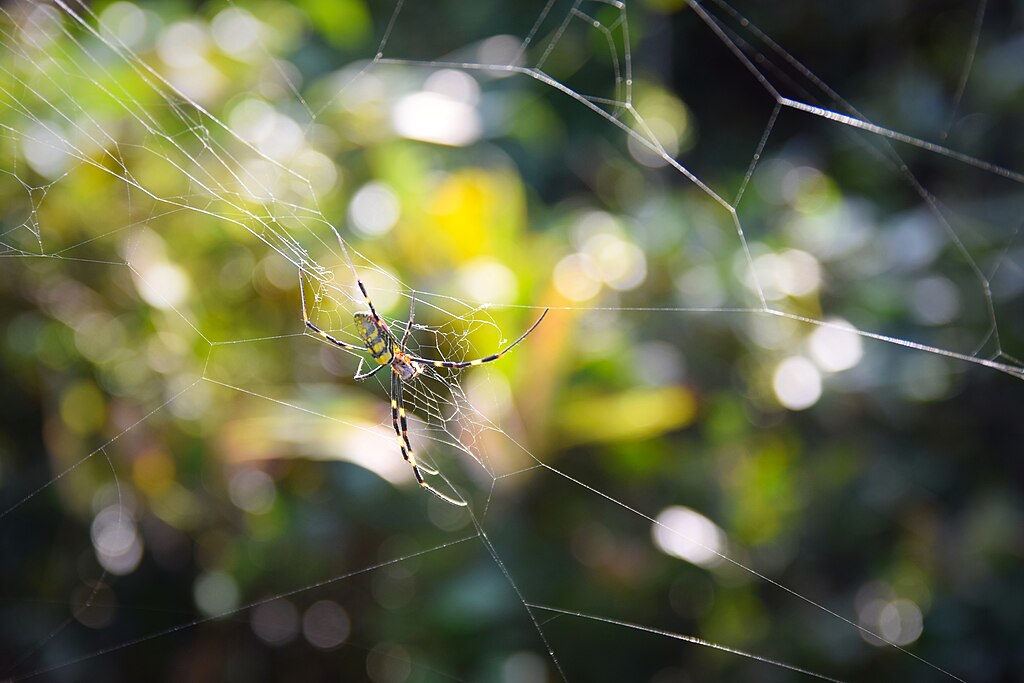
The Joro spider’s journey to American soil reads like an accidental adventure story that began sometime around 2013. These remarkable arachnids, scientifically known as Trichonephila clavata, didn’t swim across the Pacific Ocean or fly here on their own wings. Instead, they arrived as stowaways, likely tucked away in shipping containers or cargo from their native ranges in Japan, Korea, Taiwan, and China. Georgia became ground zero for this invasion when the first confirmed populations were discovered in the northern counties around 2014. The spiders found the climate surprisingly hospitable, with warm summers and mild winters that reminded them of home. Within just a few years, what started as isolated sightings transformed into established colonies spanning multiple states.
Physical Characteristics That Make Them Unmistakable
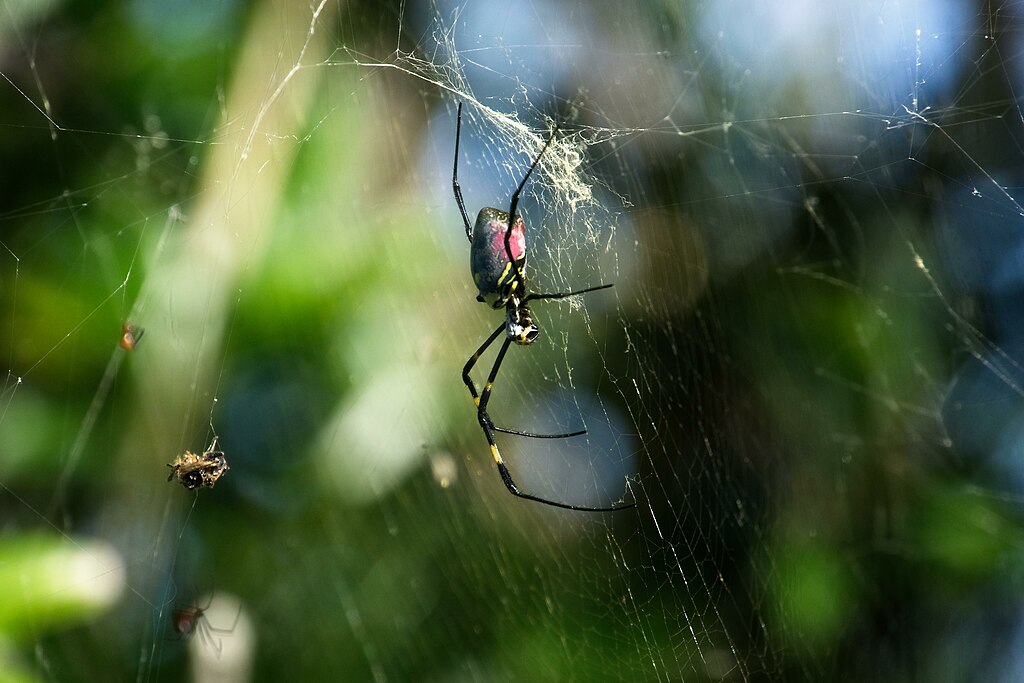
Female Joro spiders are absolute showstoppers in the arachnid world, measuring up to three inches across with their legs extended. Their bodies display a stunning combination of bright yellow, deep blue, and vibrant red markings that make them look almost tropical. The contrast is so striking that many people mistake them for exotic pets that have escaped rather than wild spiders. Male Joro spiders tell a completely different story, appearing almost like a different species entirely. These diminutive creatures barely reach half an inch in length and sport much more subdued brown coloring. This dramatic size difference, called sexual dimorphism, is one of the most extreme examples found in North American spiders.
Web Architecture That Defies Traditional Spider Engineering
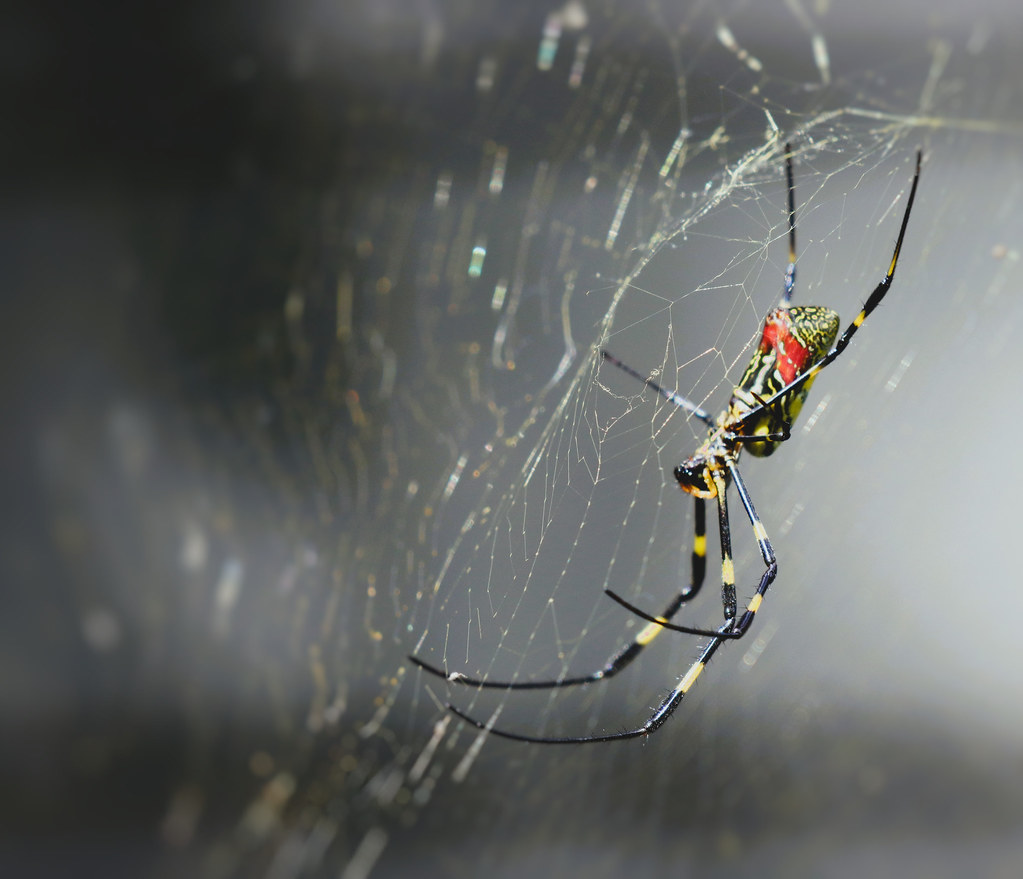
The engineering marvel that is a Joro spider’s web puts most other spider constructions to shame. These semi-permanent structures can span up to 10 feet in diameter and reach heights of 12 feet or more when anchored between trees. The golden silk catches sunlight in a way that creates an almost ethereal glow, making the webs visible from considerable distances. What makes these webs particularly fascinating is their three-dimensional complexity. Unlike the flat orb webs of many native species, Joro webs incorporate multiple layers and barrier webs that create a sophisticated trap system. The spiders often build smaller “knockdown” webs in front of their main web to slow down flying insects before they hit the primary capture zone.
Current Geographic Distribution and Speed of Expansion
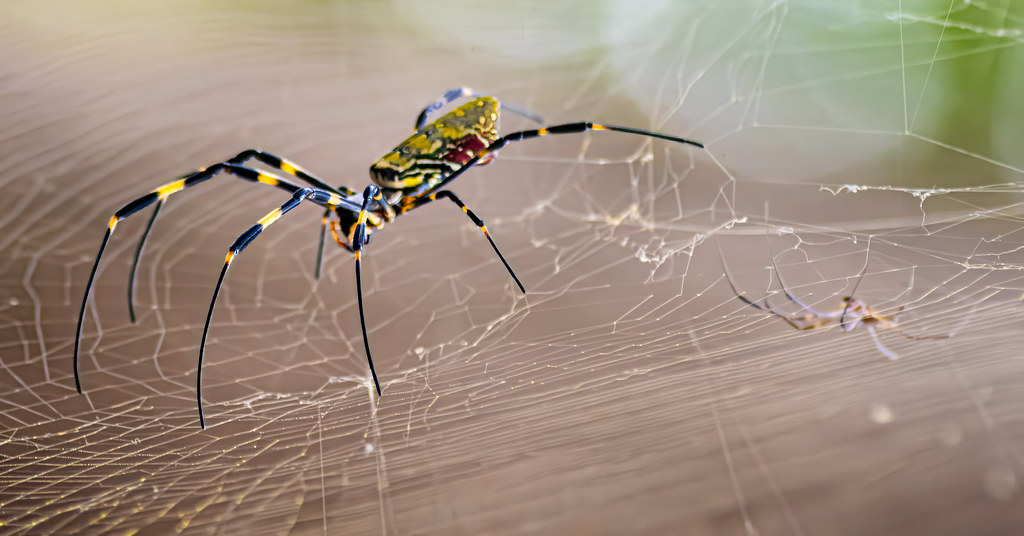
The Joro spider’s territorial expansion has been nothing short of remarkable, covering ground at a pace that has surprised even seasoned arachnologists. From their initial foothold in northern Georgia, these spiders have established populations across South Carolina, North Carolina, Tennessee, and parts of Alabama. Confirmed sightings have extended as far north as Maryland and as far west as Oklahoma. Recent climate modeling studies suggest that Joro spiders could potentially establish populations throughout most of the eastern United States. Their tolerance for temperature variations appears greater than initially thought, with some populations surviving winter temperatures that would kill many other subtropical species. This adaptability has led researchers to predict continued northward expansion, possibly reaching New England and the Great Lakes region within the next decade.
The Ecological Impact on Native Species
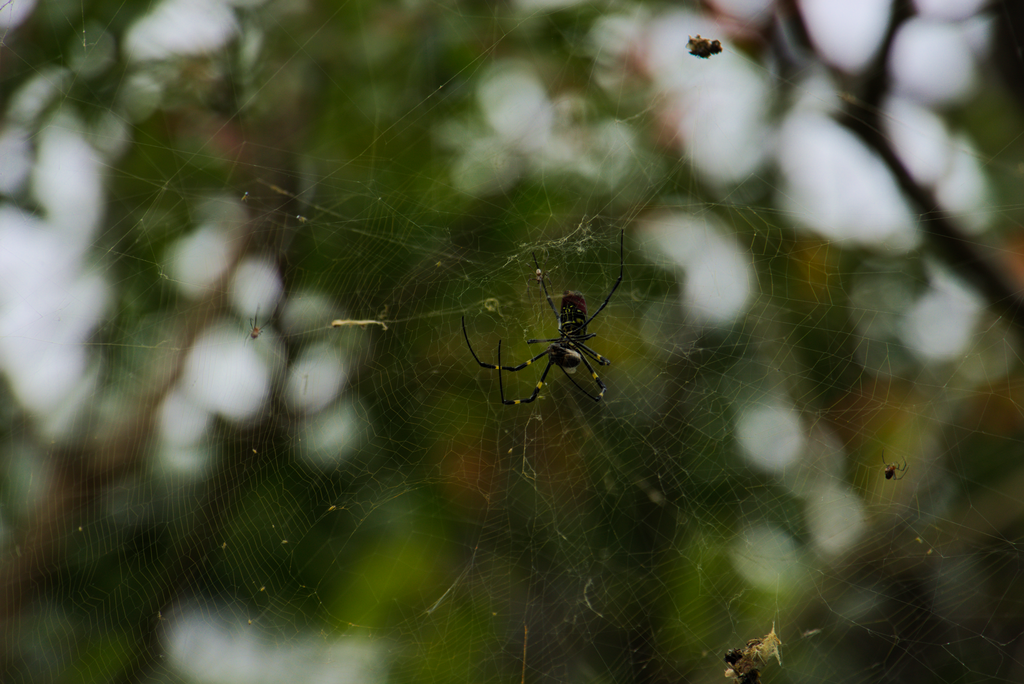
The arrival of Joro spiders has created a complex ecological puzzle that scientists are still working to solve. These large predators consume significant quantities of flying insects, including mosquitoes, gnats, and agricultural pests. In some areas, researchers have documented reductions in certain insect populations that coincide with Joro spider establishment. However, the long-term consequences for native spider species remain unclear. Joro spiders don’t directly compete with most native species due to their unique web placement preferences and hunting strategies. They tend to build webs higher in the canopy and in more exposed locations than most native orb weavers, potentially creating a new ecological niche rather than displacing existing species.
Reproductive Capabilities and Population Dynamics
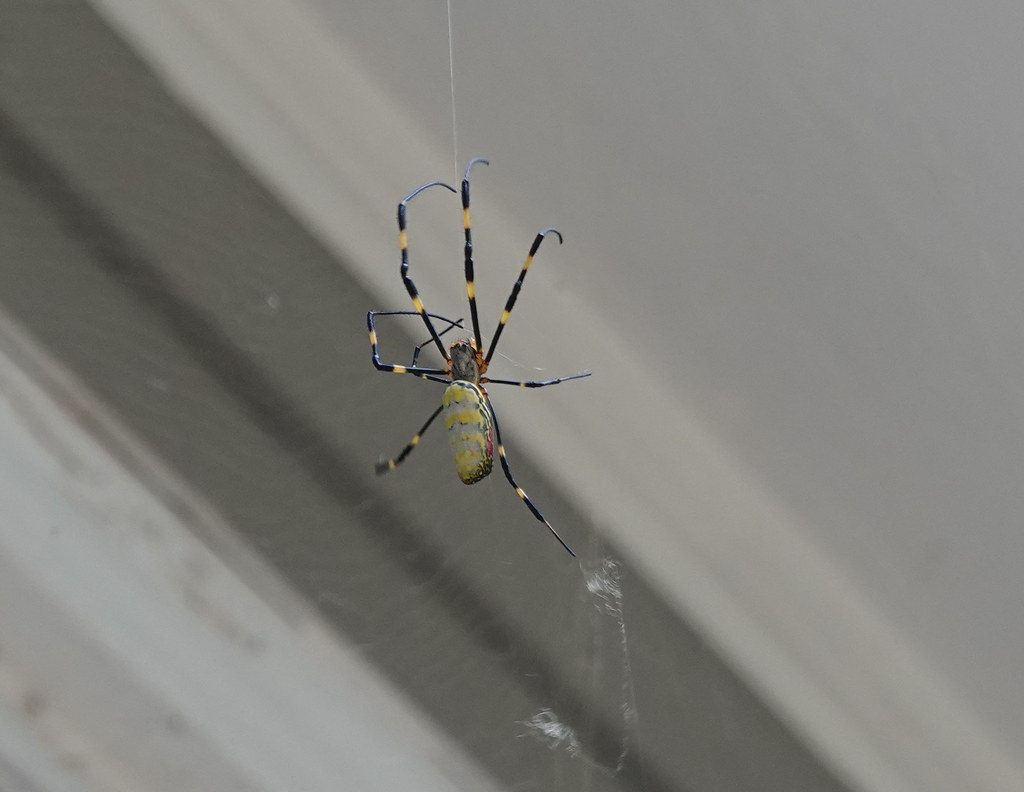
The reproductive strategy of Joro spiders follows a pattern that maximizes their invasion potential. Females can produce egg sacs containing between 400 and 1,500 eggs, depending on their size and nutritional status. These egg sacs are remarkably resilient, capable of surviving harsh winter conditions that would kill the adult spiders. The spiders follow an annual life cycle, with spiderlings emerging in spring and reaching maturity by late summer. This timing allows them to take advantage of peak insect abundance during the warmer months. The synchronized emergence of hundreds of spiderlings from a single egg sac creates dramatic population booms that can rapidly establish new colonies in suitable habitat.
Dispersal Methods and Transportation Mechanisms
Young Joro spiders possess a remarkable ability called ballooning, which allows them to travel vast distances on air currents. Newly hatched spiderlings can release silk threads that catch the wind, carrying them miles away from their birthplace. This natural dispersal method has been documented in other spider species but appears particularly effective in Joro spiders. Human transportation continues to play a significant role in their spread. These spiders readily build webs on vehicles, outdoor furniture, and equipment, inadvertently hitchhiking to new locations. Their tolerance for disturbance means they can survive transport better than many other spider species, increasing their colonization success rate.
Prey Preferences and Hunting Strategies
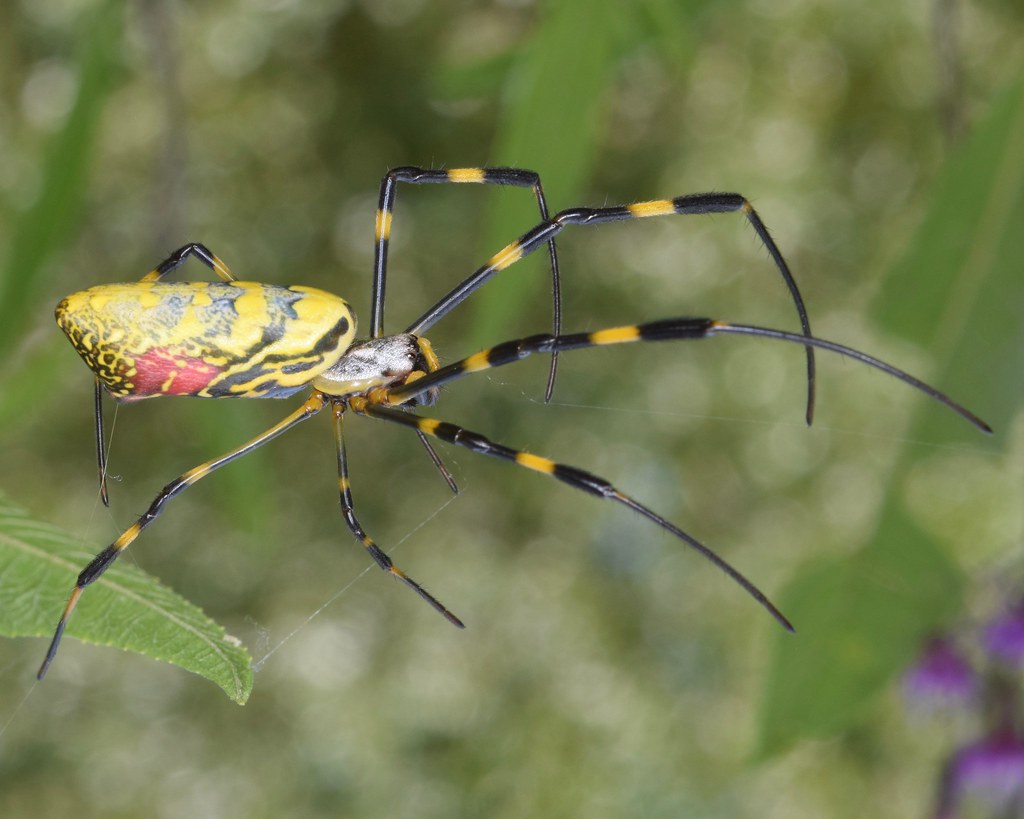
Joro spiders are generalist predators with an appetite for virtually any flying insect that becomes entangled in their webs. Their diet includes mosquitoes, flies, beetles, moths, and even small flying ants. The large size of their webs allows them to capture prey items that might escape smaller spider webs, including some butterflies and dragonflies. These spiders demonstrate remarkable adaptability in their hunting strategies. During periods of low insect activity, they’ve been observed reducing web maintenance to conserve energy. When prey is abundant, they may rebuild damaged sections of their webs multiple times per day to maximize capture efficiency.
Environmental Tolerance and Climate Adaptation
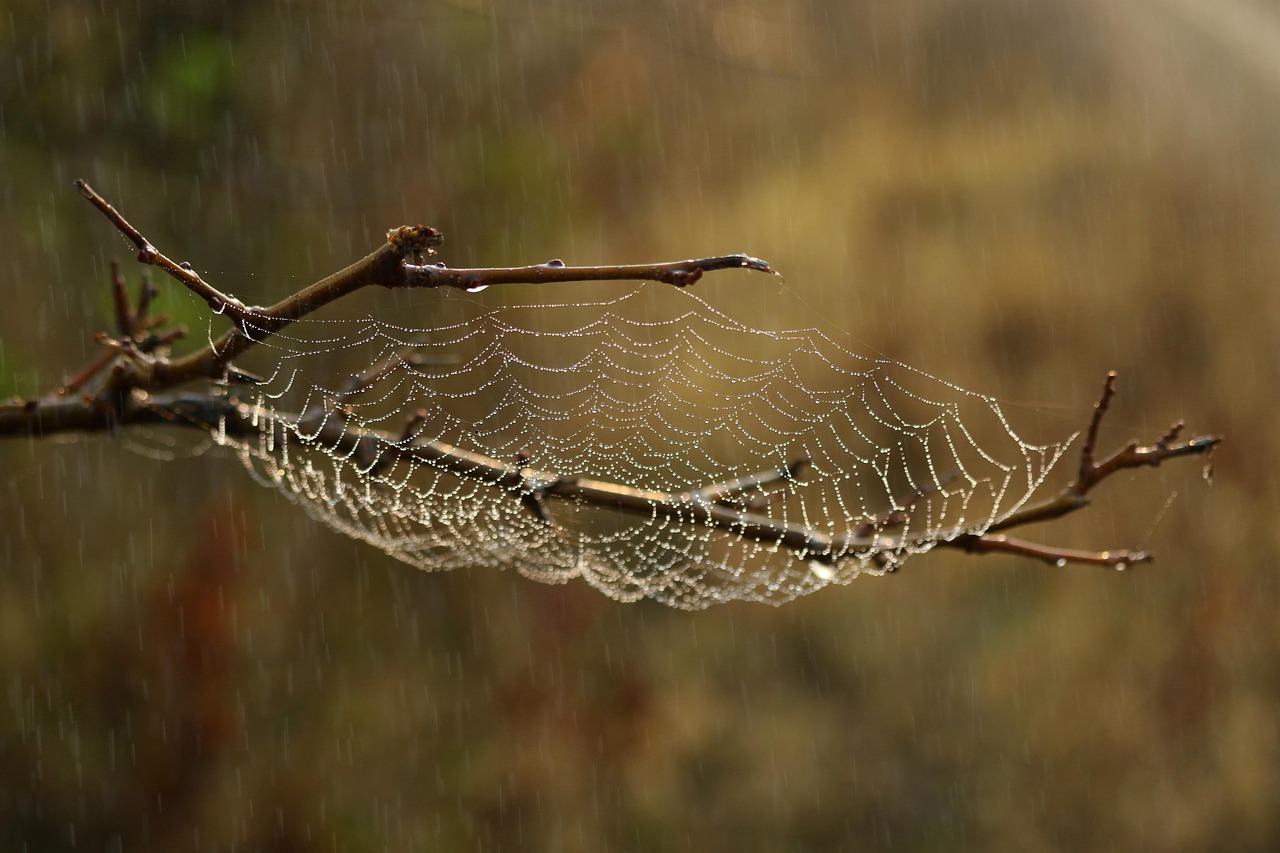
One of the most surprising aspects of the Joro spider invasion has been their remarkable environmental tolerance. Initial predictions suggested these subtropical spiders would be limited to the warmest regions of the southeastern United States. However, field observations have revealed they can survive brief periods of freezing temperatures and even light snow. Their success in North American climates appears linked to their ability to enter a state of reduced activity during cold periods. Adult spiders can survive cold snaps by reducing their metabolism and remaining motionless for extended periods. This cold tolerance, combined with their already impressive heat tolerance, gives them a much broader potential range than initially anticipated.
Interaction with Humans and Urban Environments
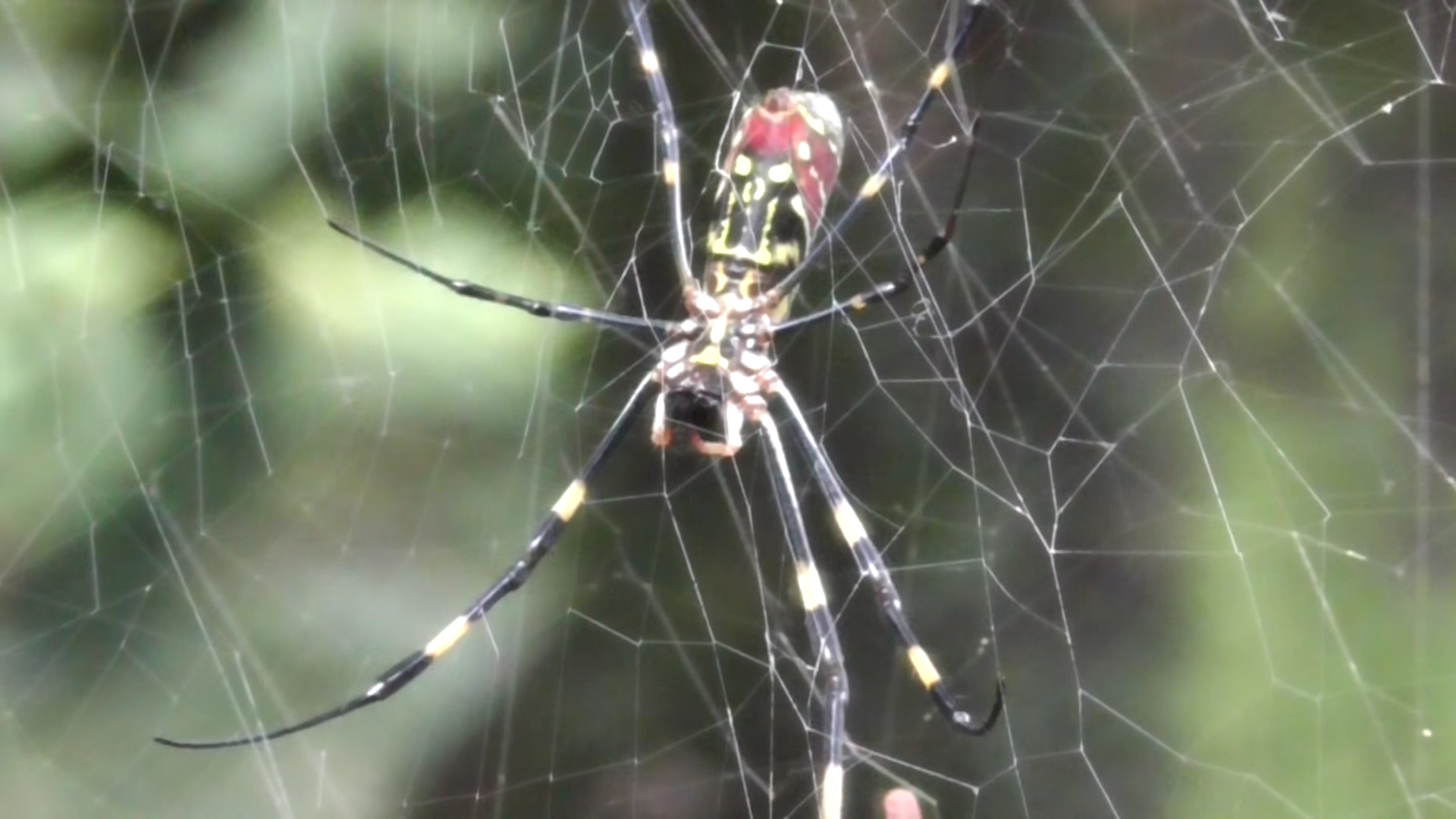
Joro spiders have shown a remarkable ability to thrive in human-modified environments, often preferring the edges of developed areas over deep forest habitats. They frequently build webs on porches, decks, and between buildings, bringing them into regular contact with humans. Despite their intimidating size, these spiders are generally docile and rarely bite humans. When bites do occur, they typically result in minor local reactions similar to a bee sting. The spiders’ venom is designed to subdue flying insects and poses no significant threat to humans or pets. However, their large webs and conspicuous presence can be startling to homeowners who aren’t expecting to encounter such impressive arachnids in their yards.
Management Strategies and Control Options
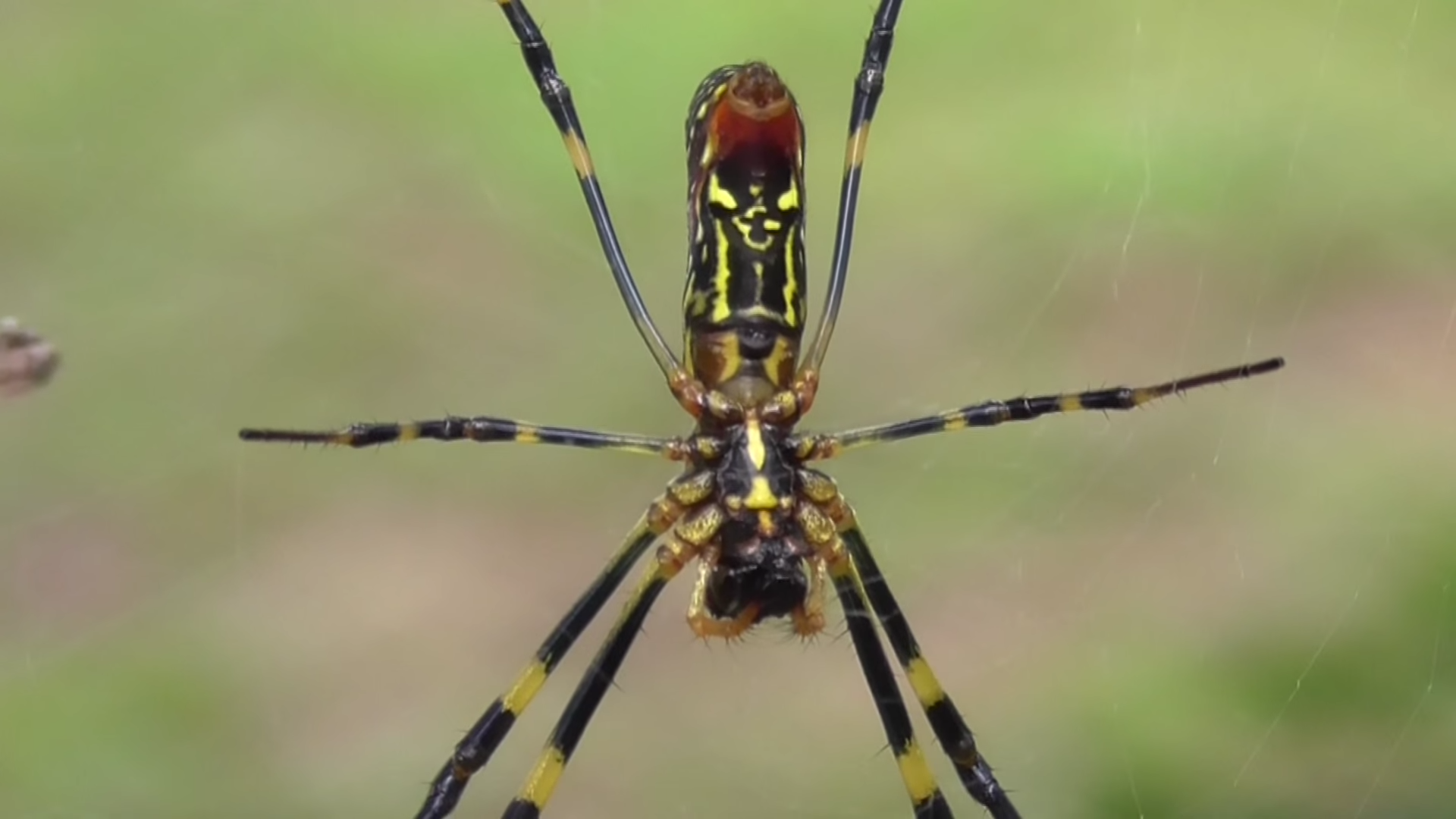
Traditional pest control methods have shown limited effectiveness against established Joro spider populations. Their web-building behavior high in trees and their ability to quickly rebuild damaged webs make them difficult targets for conventional treatments. Physical removal of webs provides only temporary relief, as the spiders typically rebuild within days. Integrated management approaches focusing on habitat modification show more promise. Reducing outdoor lighting that attracts flying insects can make areas less attractive to Joro spiders. Regular pruning of vegetation to eliminate web anchor points can discourage establishment in specific areas, though this approach requires ongoing maintenance.
Research Efforts and Scientific Studies
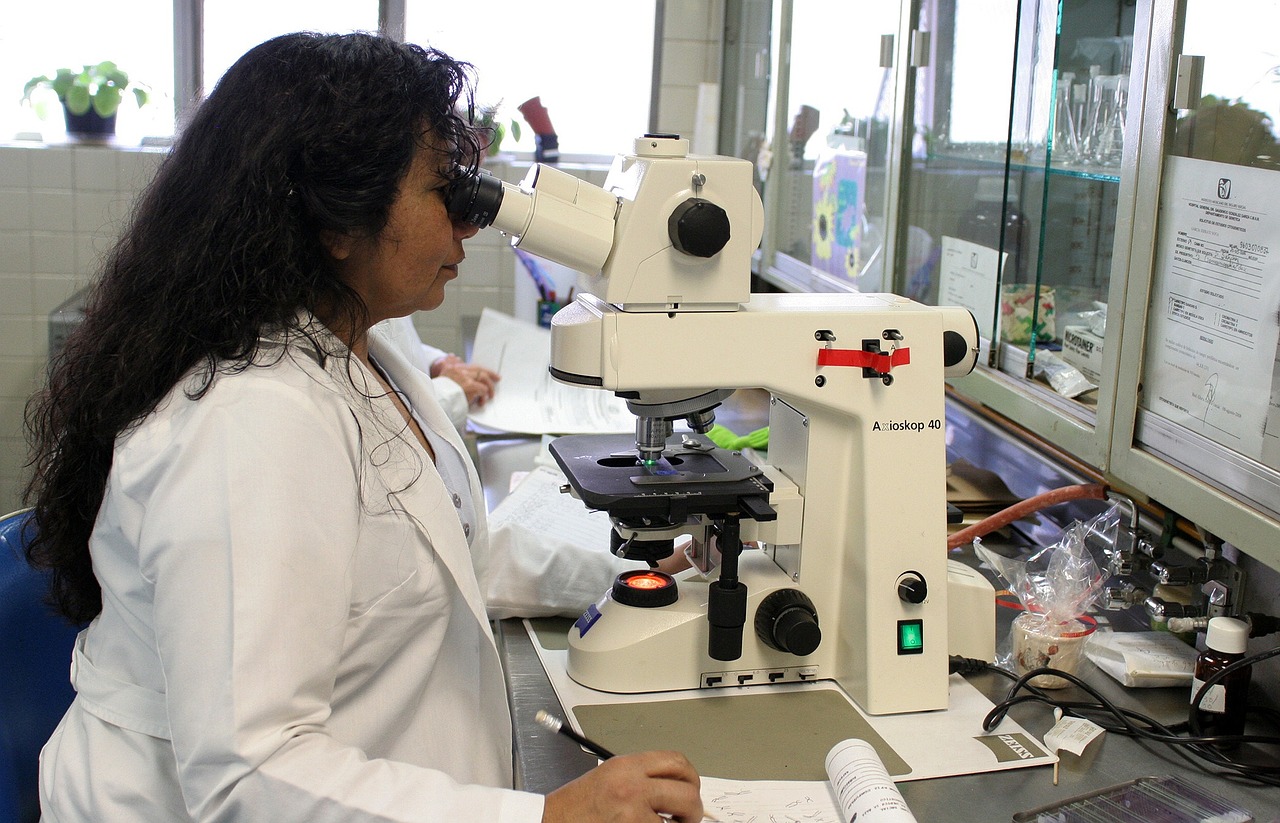
The scientific community has responded to the Joro spider invasion with unprecedented research efforts. Universities across the southeastern United States have initiated long-term monitoring programs to track population dynamics and ecological impacts. These studies are providing valuable insights into invasion biology and ecosystem responses to introduced species. Genetic studies of North American Joro spider populations are revealing fascinating details about their origins and dispersal patterns. Researchers have identified multiple introduction events, suggesting that these spiders have arrived in North America several times from different source populations in Asia. This genetic diversity may contribute to their successful establishment and adaptation to local conditions.
Potential Benefits and Ecosystem Services
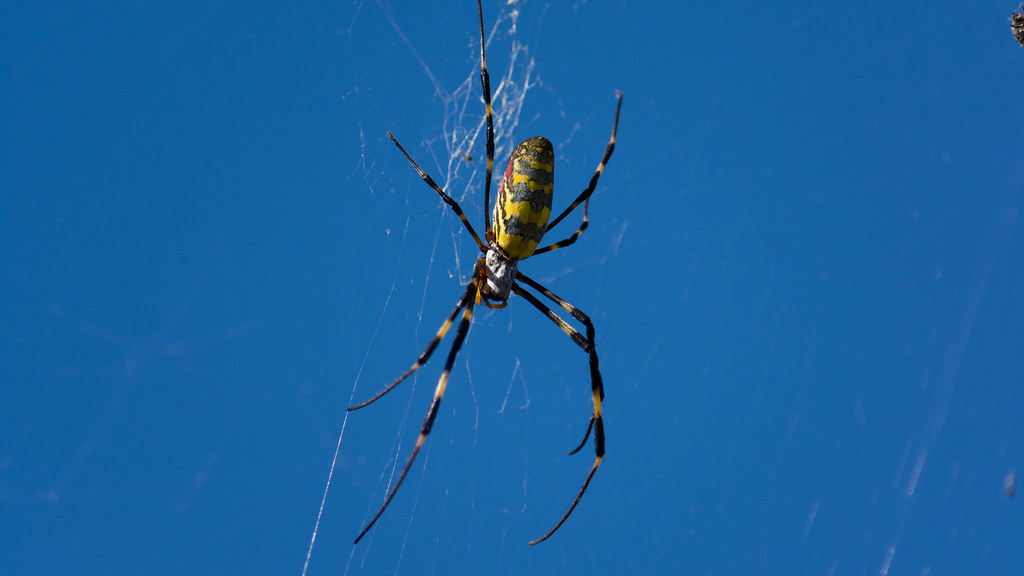
While the ecological consequences of the Joro spider invasion remain under investigation, some potential benefits have emerged from ongoing research. These spiders consume large quantities of flying insects, including many species considered agricultural pests. In some agricultural areas, farmers have reported reduced pest pressure in fields adjacent to established Joro spider populations. The spiders’ preference for building webs in edge habitats and disturbed areas may provide pest control services in locations where native predators are less abundant. However, researchers caution that these potential benefits must be weighed against unknown long-term ecological consequences and the precedent of welcoming non-native species.
Future Predictions and Long-term Outlook
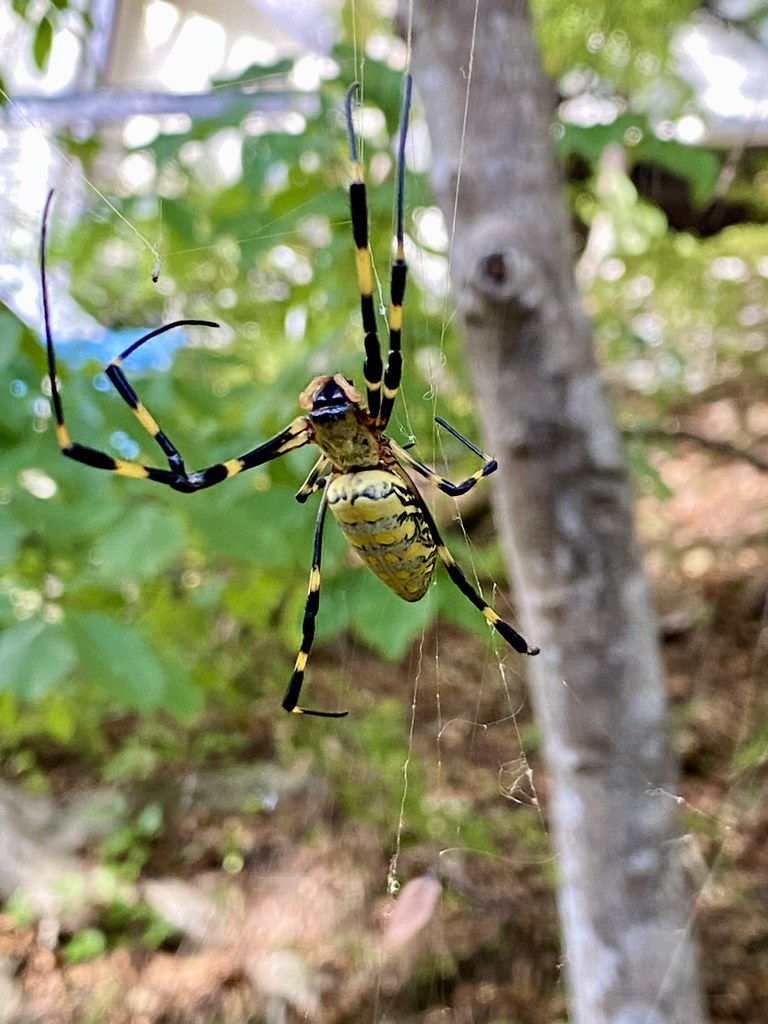
Climate change projections suggest that Joro spiders may continue expanding their range northward as temperatures warm. Some models predict they could eventually establish populations throughout much of the eastern United States and potentially spread into parts of the Midwest and Pacific Northwest. The rate of this expansion will likely depend on climate patterns and the availability of suitable habitat. The long-term ecological impact of this invasion remains one of the most pressing questions in contemporary invasion biology. Will Joro spiders eventually reach a population equilibrium with native species, or will they continue to expand and potentially displace native arachnids? The answer to this question will likely unfold over the coming decades as researchers continue to monitor their populations and ecological effects.
What This Means for the Future of American Ecosystems
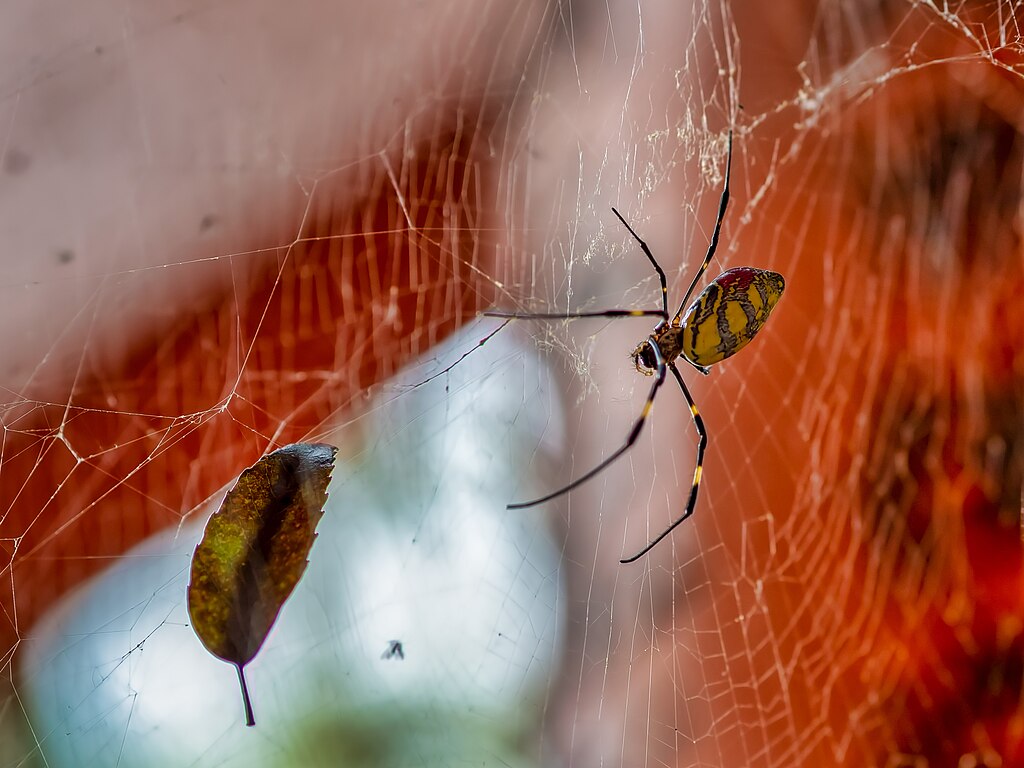
The Joro spider invasion represents more than just the arrival of a new arachnid species – it’s a window into how rapidly our ecosystems are changing in an interconnected world. These remarkable spiders have demonstrated that even accidental introductions can have far-reaching consequences that ripple through entire food webs. Their success story highlights both the resilience of invasive species and the vulnerability of native ecosystems to unexpected changes. As we watch these golden-webbed architects continue their northward march, we’re witnessing evolution in real-time. The Joro spider invasion serves as a reminder that our natural world is far more dynamic and unpredictable than we often assume. Whether these spiders ultimately become a beneficial addition to our ecosystems or a cautionary tale about unintended consequences remains to be seen. What’s certain is that they’ve already changed the landscape of American arachnid diversity forever. Have you spotted any of these spectacular web-builders in your own neighborhood yet?

